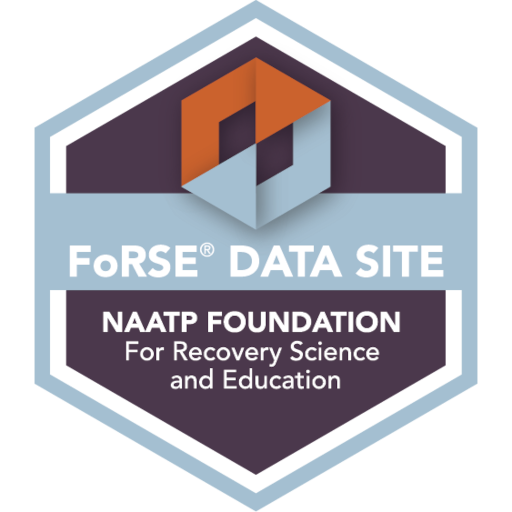What are Sedatives?
Sedatives are central nervous system (CNS) depressants that slow brain activity. Employed to induce sleep and relax users, they are also called tranquilizers. Sedatives as prescription drugs are used for treating anxiety, sleep disorders, sleep problems, and panic disorders. Sedatives are considered schedule II drugs under the Controlled Substances Act, as their use brings with it an increased risk for prescription drug abuse or addiction.
How do Sedatives Affect the Central Nervous System?
Sedative medications increase the activity of the neurotransmitter gamma-aminobutyric acid (GABA), and that decreases brain activity and causes relaxation.
What are the Types of Sedatives?
There are three primary types of sedatives: benzodiazepines, barbiturates, and “Z-drugs” (sleep medicine).
Benzodiazepines
Benzodiazepines are prescription sedatives used to treat insomnia, anxiety, seizures and panic attacks. Some examples of benzodiazepines include Klonopin (clonazepam), Xanax (alprazolam), Serax (oxazepam), Valium (diazepam), Ativan (lorazepam),Halcion (triazolam), and Librium (chlordiazepoxide).
Barbiturates
Barbiturates like Nembutal (pentobarbital) and phenobarbital are sometimes used to treat seizure disorders. Barbiturates are also used as an anesthesia during surgery.
Z Drugs
Zopiclone, eszopiclone, zaleplon and zolpidem are the “Z-drugs.” They are only approved for treatment of insomnia.
Sedatives to Treat Anxiety
A sedative can be used to treat anxiety. As mentioned above, it increases activity of the neurotransmitter GABA, which inversely slows down brain activity. For a person with a mental health disorder seeking immediate relief, a sedative drug taken for therapeutic use provides reprieve from anxiety or panic attacks.
Sedatives for Sleep Disorders or Poor Sleep
Benzodiazepine sedatives such as lorazepam (Ativan), Flurazepam and quazepam (Doral), triazolam (Halcion), estazolam, and temazepam (Restoril) are prescribed for sleep disorders. Non-benzodiazepine sedatives such as zolpidem (Ambien, Intermezzo), eszopiclone (Lunesta), and zaleplon (Sonata) can help induce sleep.
What were the First Sedatives?
For many centuries of human history, alcohol and opium were the only substances available that produced sedative-hypnotic effects. The first substance used specifically as a sedative was bromide salts in the 19th century. Chloral hydrate, derived from ethyl alcohol, was produced in 1869. Phenobarbital entered the scene in 1912. followed for two decades by a series of other barbiturates. In the mid-20th century, new sedative-hypnotic drugs, including benzodiazepines (tranquilizers) were synthesized.
What are the Side Effects of Sedatives?
Sedatives can cause short- and long-term side effects with severity depending on if higher doses than recommended were taken.
Mild Immediate Side Effects
Mild health side effects that occur immediately when taking sedatives are:
- Sleepiness
- Dizziness
- Speaking slowly or slurring words
- Memory loss
- Having trouble thinking or focusing (impaired cognition)
- Blurry vision
- Slower breathing
- Not being able to see distance or depth as well as normal (impaired perception)
- A slower reaction to things (impaired reflexes)
- Not feeling pain
Long-Term Side Effects
Long-term sedative use may result in the following health side effects:
- Slurred speech
- Liver failure from tissue damage
- Frequently losing or forgetting things (amnesia)
- Suicidal thoughts, fatigue, or feelings of hopelessness
- Developing a dependency to the sedative
- Mental health problems
If you or someone you know is experiencing any of the above serious health side effects or life-threatening symptoms, contact a healthcare provider. They may recommend to immediately stop taking the sedative or to enter treatment.
Sedative Withdrawal Symptoms
As with most drugs, quitting sedatives abruptly may result in highly uncomfortable withdrawal symptoms. Stopping without medical support is never a good idea and could make things worse. When the body experiences the absence of the sedative, uncomfortable or painful withdrawal symptoms can result. Severe symptoms can include seizures. If your body is accustomed to large amounts of the sedative and you go “cold turkey,” withdrawal occurs. It is best to ease yourself off the drug, monitored closely by a healthcare professional.
Mild Withdrawal Symptoms
Common withdrawal symptoms include:
- Inability to sleep
- Irritability
- Increased nervousness
Severe Withdrawal Symptoms
Severe withdrawal symptoms include:
- Restlessness
- Muscle shaking
- Excessive sweating
- Increased blood pressure
- Upset stomach or vomiting
- Sleeplessness
- Depression
- Nervousness
Sedative Addiction and Misuse
Sedative dependence happens when central nervous system depressants cause changes that make the user feel they cannot function without the drug or need to take a higher dose to get the desired effect. Even with prescription sedatives, there is a risk for psychological and physical dependence. It is crucial to see a doctor who can provide medical advice before taking sedatives. Prescription sedative misuse or abuse can occur when sleep medications are taken in doses other than as prescribed. A sedative should never be mixed with other medications that cause drowsiness, including depressants, alcohol, or cold medicines.
For More Information
The National Institutes of Health’s official website includes a detailed article on prescription sedative misuse and abuse.
Treatment at La Hacienda Treatment Center

On its beautiful Texas Hill Country campus, La Hacienda Treatment Center cares for individuals who struggle with dependence on or addiction to sedatives and other drugs or alcohol.
Following medically supervised detoxification, patients participate in individual and group counseling, family counseling, therapeutic activities and other treatment options. Our mental health services include on-staff psychiatrists available daily to meet with patients to discuss mental health issues which may affect their addictions.
If you or someone you know is looking for help for an addiction problem, please call (800) 749-6160 and speak with one of our informed and helpful on-site admission specialists.

Sedative-Hypnotics
Sedative-hypnotics are a class of drugs taken to cause and/or sustain sleep and reduce tension and anxiety by depressing the central nervous system.

Tranquilizer
Tranquilizer is the common name for a sedative intended for the treatment of agitation, anxiety, fear, and disorders of the mind. The term was first used in the mid 1950s in connection with the creation of the first prescription sedatives.

Narcan
NARCAN® Nasal Spray is a trademarked FDA-approved prescription form of naloxone used for the emergency treatment of opioid overdose.

Antidepressants
Antidepressants are used to treat depression. They don’t necessarily cure it, but they can reduce the symptoms.




